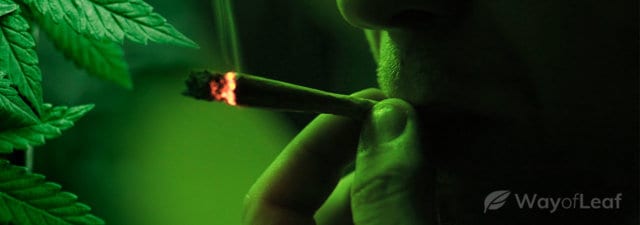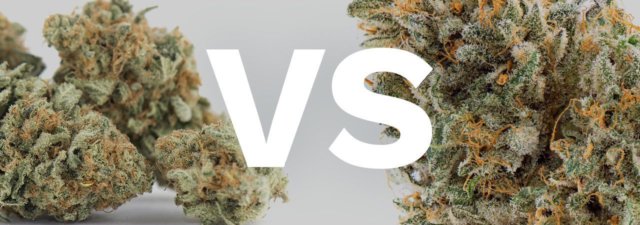How to choose high-quality bud and avoid getting ripped off
At the time of writing, 33 states plus D.C. allow either recreational or medicinal marijuana. That number is subject to change as states continue to hold ballots to decide whether to change the legal status of weed.
In places like California or Colorado, where cannabis is entirely legal, it is relatively easy to find good Mary Jane; all you have to do is find a licensed dispensary. The level of competition in these states is so fierce that the folks who sell bad marijuana go out of business pretty quickly. It’s that simple.
However, not everyone is so fortunate. In states where weed is illegal, or where you need an MMJ card to buy it, users have to take what they can get. This could mean purchasing cannabis from a black-market dealer. As well as risking arrest, you’re potentially exposing yourself to rip-offs and low-grade schwag.
The bottom line is that unless you’re an experienced user, dealers will typically see you coming from a mile away and jump at the chance to offload their brick weed. If you’re in this situation, or if you want to boost your knowledge of cannabis, you must learn to differentiate between high-grade ‘dank,’ mid-grade marijuana, and low standard garbage. Here are five easy tips for how to tell good weed from bad weed.
1) The ‘Shelf’ System
This tip is for readers able to purchase their weed from a dispensary. Although employees (probably) aren’t going to rip you off, it is still useful to understand the different grades of marijuana. In a standard dispensary, you should see three distinct shelves.

For fear of insulting your intelligence, marijuana on the top shelf is generally the cream of the crop. The “good sh*t,” so to speak. This bud contains a significant amount of THC (you’ll find some strains with 22%+), and it is grown with great care and cured and dried to perfection.
Not only will top-shelf weed provide you with an exceptional high, but it should produce a splendid taste and aroma as well.
Also known as ‘mids,’ the marijuana on the center shelf is usually your average, middle-of-the-road weed. It isn’t exceptional, but it will do the job if you don’t already have a high tolerance. Top shelf cannabis is too expensive for most people, so mids is probably your best bet.
Marijuana on the bottom shelf of a dispensary is usually the cheapest, least potent bud. Sometimes it’s even a mixture of leftover clippings from various other strains (trim), or broken off pieces of nugs that have fallen to the bottom of other jars (shake).
This “bottom shelf” pot will probably have a psychoactive impact on beginners, but intermediates and experts will likely feel that they wasted their hard-earned cash. The standard might be higher than if you get it on the streets, but we recommend splashing the extra dough on mids or top-shelf.
2) Stem and Seed Content
In an ideal world, you’d get nothing but beautiful, potent buds in all of your weed-related transactions. Of course, we live in a world that’s far from ideal. As such, a lot of pot that you buy on the street will be full of stems and seeds. Imagine paying $50 for an eighth, only to discover that half of the weight is made up of stuff you can’t even smoke!

Stems are more or less useless and will do very little in aiding your quest to get high. Seeds are even worse because they have a nasty tendency to explode when set on fire!
Also, if you have seeds in your bowl, their destruction could ruin the rest of the weed — not to mention your expensive glass piece. Try and avoid buying buds visibly loaded with seeds and stems – unless you’re getting it for a preposterously low price.
3) Aroma & Taste
When you grow a proper strain of marijuana and harvest, dry, and cure it to perfection, it has an unmistakable smell and taste of glorious musk.
Look for weed that has that clear and distinct “marijuana musk,” as this is an indication that the buds are fresh and have an excellent terpene content. Bad weed often has little or no “cannabis scent,” or even worse; it might smell like something that does not even resemble pot.
Also, if you get someone trying to sell you buds that smell like freshly cut grass or hay, this usually means the weed was badly grown and improperly dried and cured.
On a side note, cannabis that has an aromatic tinge of chocolate-like bitterness usually indicates the strain is indica, while citrus notes often suggest a sativa-dominant variety.
Lastly, as an obvious rule of thumb, most good quality marijuana is some shade of green (although the shade can vary from almost neon to a bland grayish). That said, quality buds may also have a hint of blue or purple in them, which indicates a strong presence of anthocyanin. If the bud is yellow, red, brown, or tan, it is probably low grade – don’t buy it.
4) Trichome Count
You’ll probably need a magnifying glass for this tip, but an adequately grown strain of high-quality marijuana should produce buds packed with trichomes. This is important because trichomes store the terpenes and cannabinoids that provide the smell, taste, and, most importantly, the high or medicinal benefit.

Trichomes cover high-quality buds and are akin to sparkling crystals; you can probably spot trichome density with the naked eye, but you’ll need a jeweler’s loupe or something similar to check out the full quantity and get a good look.
Ideally, growers harvest cannabis when the trichomes have a milky white color. Under a magnifying glass, they resemble tiny bright mushrooms. It’s pretty beautiful.
When you check for trichome content, you are looking for prematurely harvested weed. If you can see underdeveloped trichomes, the plant was likely harvested before it was entirely “ripe,” and you should avoid it.
If the trichome color has an amber tinge to it, the plant was probably harvested too late and may contain higher levels of CBN. Although this cannabinoid has some potential medical benefits, it can result in a reduced high that makes you feel queasy or super tired.
5) Bud Structure & Trim
Although this is not always the case, high-quality indica buds are usually fat, dense, and tightly-packed, while sativa buds are airier, wispier, and a little leaner. Hybrid strains will contain traits of both indica and sativa plants, so if you get something that’s in-between the above description, it’s likely a hybrid (and by the way, sativa buds should have more pistils – the little red hairs – than their indica counterparts).
After harvest, growers should trim all marijuana buds to remove the fan leaves around the nugs.
Unfortunately, an increasing number of companies are using trimming machines so they can cut the weed at lightning speed, which is why we recommend purchasing hand-trimmed flower.
There is a price to pay with trimming machines. They lack the care of experienced human trimmers and can even wreck the trichome content of the weed (as a result, you end up with less potent marijuana). If the cannabis looks mangled by a machine – or if it contains a lot of fan leaves – buy something else.
Good or Bad Weed – An Overview
Good
- Marijuana you find on the top or middle shelves.
- Typically has a healthy green color with a wide array of stunning hues and undertones.
- A ‘fresh’ scent with different aromas depending on the strain.
- Comprised mainly of buds and covered with glistening trichomes.
- Sativas have a fluffy structure, while indicas are tight and dense.
- Hand-trimmed to preserve buds and terpenes.
Bad
- What you see on the bottom shelf in your dispensary.
- Often brown, tan, red, white, or yellow in color.
- A stale scent or no smell at all. If it smells ‘gone off,’ avoid!
- Contains a noticeable quantity of seeds and stems.
- Loose open structure and visible stems.
- Has a mangled look as if it was damaged by a machine.
Final Thoughts on How to Tell Good Weed Versus Bad Weed
Never underestimate the potential impact that crap weed has on your health. Smoking low-grade marijuana can be brutal on your throat and will not be much better for you than using a few tobacco cigarettes. Also, don’t forget to check your weed for signs of mold or rot. Moldy weed will look similar to what you find on expired cheese, bread, etc.
Whenever possible, try and purchase your marijuana from a reputable source, such as a licensed dispensary. If there are none near you, you’ll have to take your chances with a local dealer – which in many cases is illegal. Never break the law, and always know and understand the legalities of the area that you’re in before you go to buy pot.
We hope that this information on how to tell good weed from bad weed has been helpful and informative – if you’ve got any additional tips or suggestions, be sure to leave a comment below and share your ideas with the community!
Interested in other tips and techniques on how to correctly identify quality weed? Want to know how to tell the difference between a male and female plant? Check out these related articles below!
- Make Sure the Weed You Buy Came from a Female Plant!
- Did You Get Duped into Buying Brick Weed?
- How to Spot High-Quality Weed Like an Absolute Pro
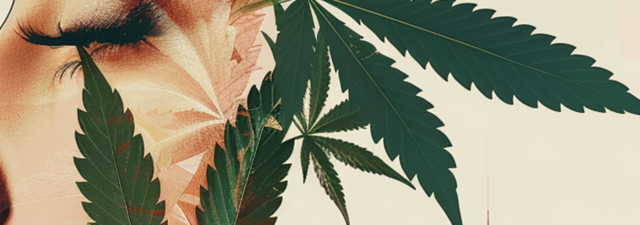
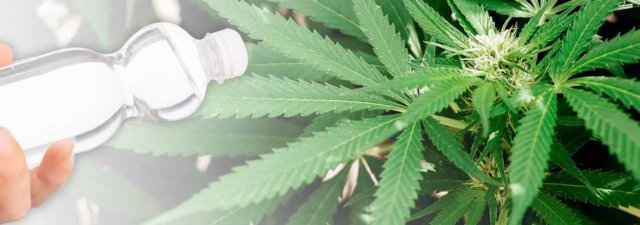
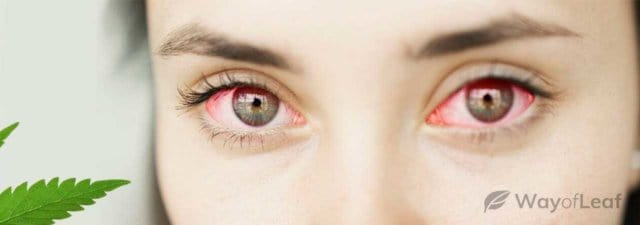
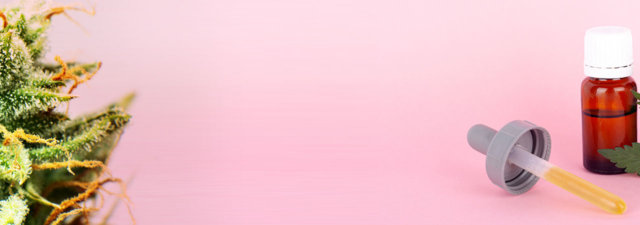

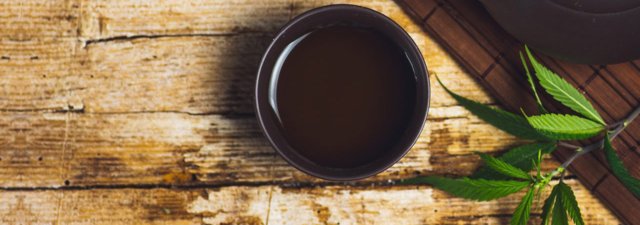
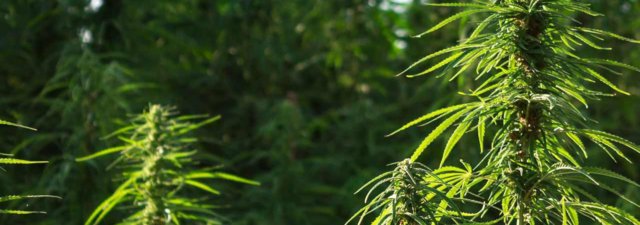
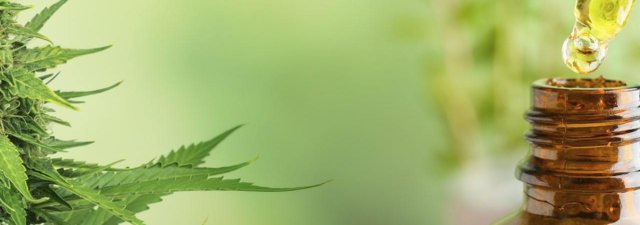
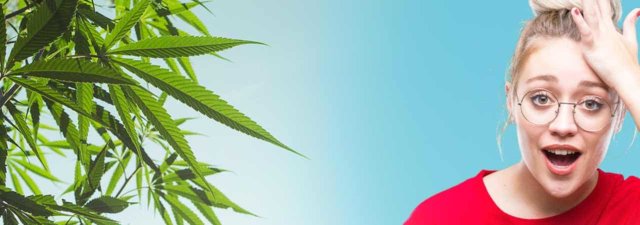
![How to Know If You’re Allergic to Weed [Definitive Guide]](https://marijuanabreak.com/wp-content/uploads/2017/04/marijuana-alergies-640x225.jpg)
